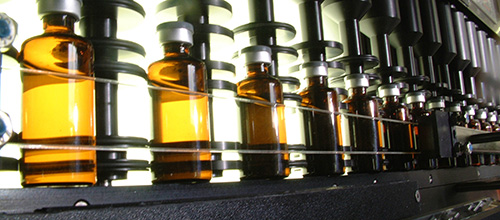Glass Particles due to Delamination
Recommendation

Fundamentals of Visual Inspection - Live Online Training
From time to time we receive GMP Questions from our Members. Today we cover the subject glass delamination.
The formation or flakes of glass particles on the inside of glass containers is referred to as delamination. These glass fragments, created by the interaction of the solution with the container walls, can pose a risk - especially when it comes to parenterals. Glass is considered to be an inert packaging material; however that is not wholly correct depending on the composition of the contained solution and the composition of the glass in question.
Delamination and the resulting particle release have been a recurring reason for recalls in the past couple of years. There aren't any known cases of patients being harmed; authorities like the FDA still see a risk for the particles to cause embolism or thrombosis, though. According to applicable US law, the formation of glass particles in a sterile container is intolerable. 21 CFR 211.94 states that product containers may not be reactive or additive or influence the quality of a product. The pharmaceutical manufacturer is responsible for preventing glass delamination.
Delamination is facilitated by:
- Production of vials made of tubular glass; Vials made from molded glass are less susceptible to delamination.
- Solutions with an alkaline pH value may facilitate delamination; so may several buffers (e.g. citrate and tartrate).
- Long contact times between a product and the inner glass surface can also promote glass delamination. This has a direct effect on the storage life of the product.
- Elevated storage temperatures; lower temperatures make delamination less likely.
- The heat treatment during terminal sterilisation also has a negative effect on glass stability and may foster delamination.
The FDA recommends the use of resistant glass like borosilicate glass for products with elevated risk. Pharmaceutical manufacturers should take special care when it comes to choosing a supplier for glass vials and re-examine established suppliers or rather their quality management systems to minimize the phenomenon of delamination.




